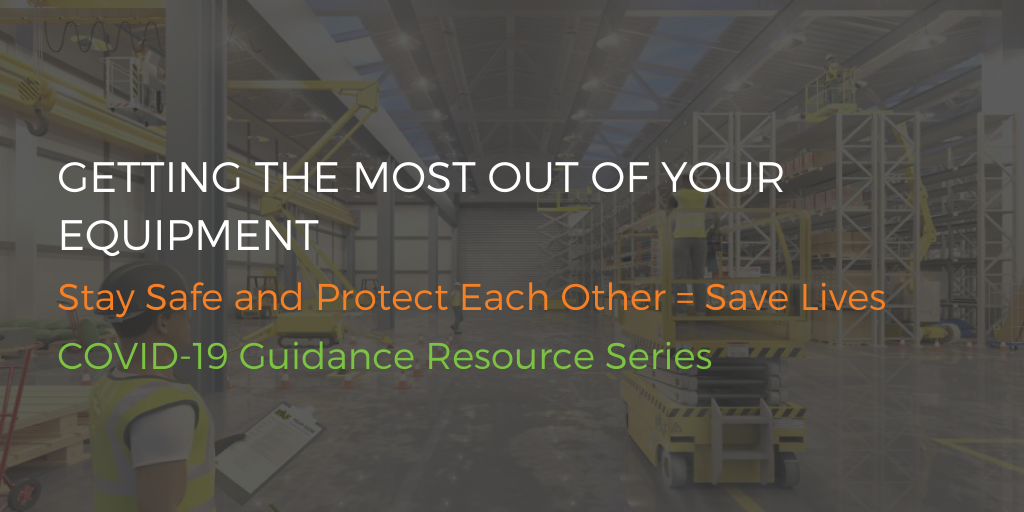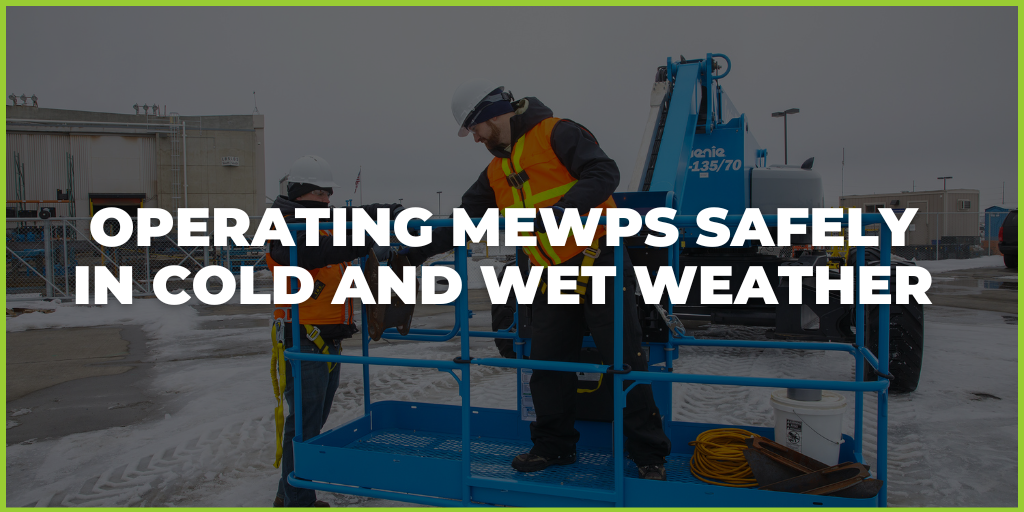Tips to help you get the most out of your equipment, reduce costs whilst improving productivity and safety.
Regular maintenance of equipment is an important and necessary activity. Effective maintenance management helps your business go further by reducing repair costs and boosting overall performance and extending the life of your equipment. Whilst effective servicing will minimise repair costs it’s also associated with increased safety in the work environment and productivity.
In the current climate, there’s likely to be additional pressure to reduce operating costs. Coming up with the right strategies allows you to achieve your objectives and improve company performance, whilst ensuring that safety and service delivery is not sacrificed.
At HLS we have the years of experience maintaining and repairing our customers work at height equipment in manufacturing, retail and facilities management environments to name a few, so in this blog, we have put together some tips to help you get the most out of your equipment, reduce costs whilst improving productivity and safety.
Planned maintenance and compliance with LOLER and PUWER
The term ‘maintenance’ covers many activities, including inspection, testing, measurement, replacement and repairs, and is carried out in all sectors and workplaces. Maintenance can be a high-risk activity and there can also be difficulties in accessing equipment that requires maintenance.
Planned maintenance of equipment is essential for reducing the risks associated with working at height. Insufficient or inadequate maintenance can cause serious (and potentially deadly) accidents. A number of HSE fines and prosecutions highlight every year that falls from a height could be prevented by effective maintenance.
PUWER (the Provision and Use of Work Equipment Regulations 1998) states that ‘all work equipment be maintained in an efficient state, in efficient order and in good repair.’ Machinery that has a maintenance log needs to be kept up to date and maintenance operations need to be carried out safely.
If your business or organisation undertakes lifting operations or is involved in providing lifting equipment for others to use, you must manage and control the risks to avoid any injury or damage. LOLER requires that lifting equipment must be of adequate strength and stability. This adds to the general obligations under PUWER regarding the suitability of work equipment.

Regulations state that mandatory inspections on MEWPs are due 6-monthly, and servicing should be in accordance with manufacturer's recommendations.
A risk assessment should be carried out before any maintenance work begins and work should be planned. It is best practice to keep a maintenance log which is regularly updated.
The Health and Safety Executive (HSE) has a useful checklist for carrying out safe maintenance.
HLS offers a Planned Maintenance and Service Agreement for your convenience including a 25% discount when we inspect 2 or more items of equipment.
We can provide essential maintenance and mandatory LOLER examinations for our customer’s at their buildings/sites in accordance with social distancing and additional hygiene requirements required by COVID-19 risk control measures.
Effectively maintain and manage your equipment
It has been stated that the true costs of a machine breakdown has been estimated at between 4-15 times the machine cost? Regular machine maintenance will not only ensure optimum performance, keeping uptime high and will also help prevent costly repairs whilst extending the life of your equipment.
Carry out regular maintenance, using a schedule
If something goes wrong, it is usually imperative that it is fixed quickly and correctly. As we have discovered, regular servicing can avoid unnecessary large outlays. We find that creating a simple maintenance schedule to note what has been maintained and when, and when it is next due supports compliance. We provide a proactive ongoing regular maintenance plan of our customers, keeping track so you don’t have to.
Know your equipment
Before using a piece of equipment, ensure you, and all other operators, know how it works and what it is for. Carry out a pre-use inspection as per your training and record it. You should also be aware of the age of the equipment, expected life span, warranty information and any known issues and fixes.
Training your operators to take care of equipment and look for minor damage or potential faults will also prevent costly repairs and prolong the life of your equipment. Because operators work directly with the equipment daily, they are in an ideal position to identify problems and report it. Make sure your operators assume responsibility for their equipment, are properly trained in making daily checks and care for their machines/equipment.
Replace parts when needed
With equipment that is being used regularly, some parts will wear and require replacing to keep it running to the best of its ability. It is best to change them ASAP, as this will often prevent damage or wear to other parts and equipment which could result in down-time.
Store correctly
Storage is important when it comes to looking after equipment, especially smaller pieces of equipment that can easily get lost or damaged. Designate a location or area for storage when not in use.
Repair and refurbish, rather than replace
When your equipment starts looking tired and perhaps not operating as it did when new, it is tempting to replace it. However, reconditioning or refurbishment can be a cost effective alternative to replacing it. There are many benefits to reconditioning or refurbishing equipment such as extending the life span, improving performance and saving the cost of replacing equipment.
Depending on the piece of equipment, this can include repairing damage, switching out any worn replaceable parts, a complete clean and repaint, and finally testing to ensure it is safe and compliant.
You will need to weigh up the costs of reconditioning and refurbishment carefully, although it can extend the life of your existing equipment, at the same time though, sometimes it doesn’t make economic sense. For example, instead of replacing an engine, it may be smarter to apply that money to a new machine with better technology that will last longer.
.png?width=1110&name=Repair%20and%20Refurbish%20(1).png)
Expert Care When You Need It
Questions?
If you need advice, please give us a call to discuss any work at height concerns you may have, remember our advice is free and we can help.






